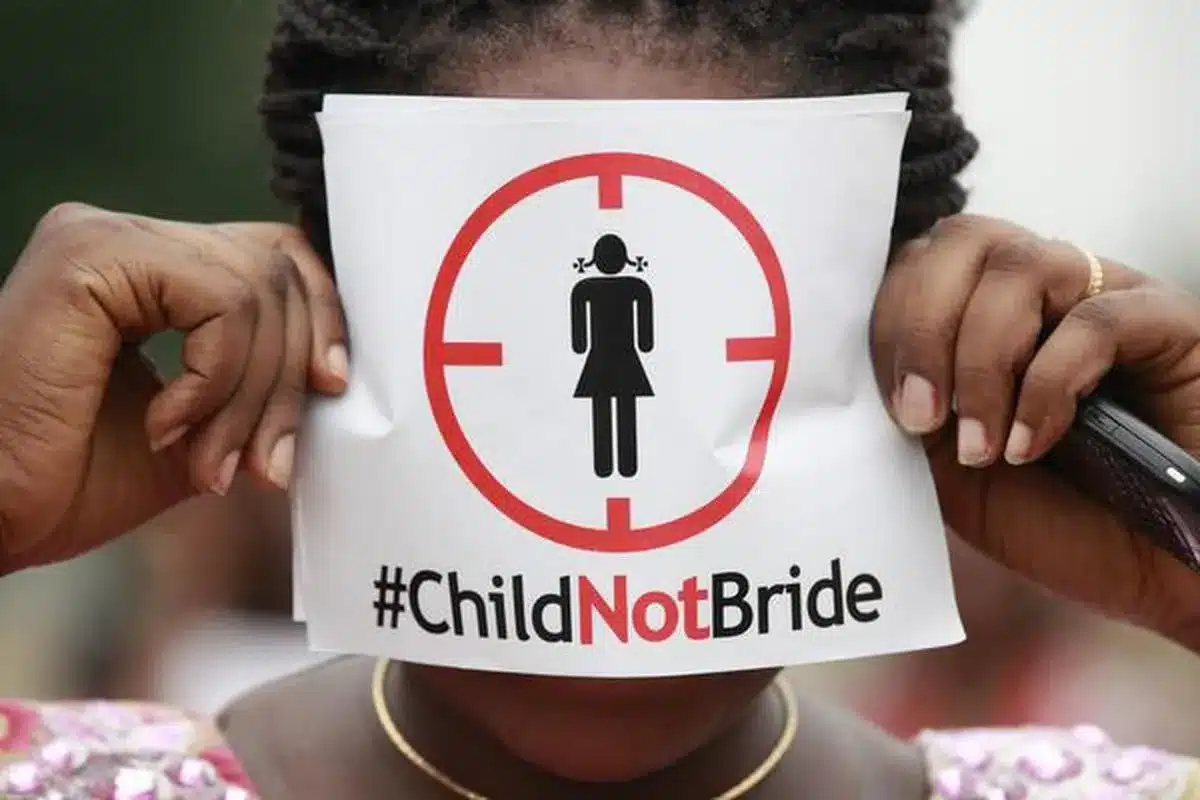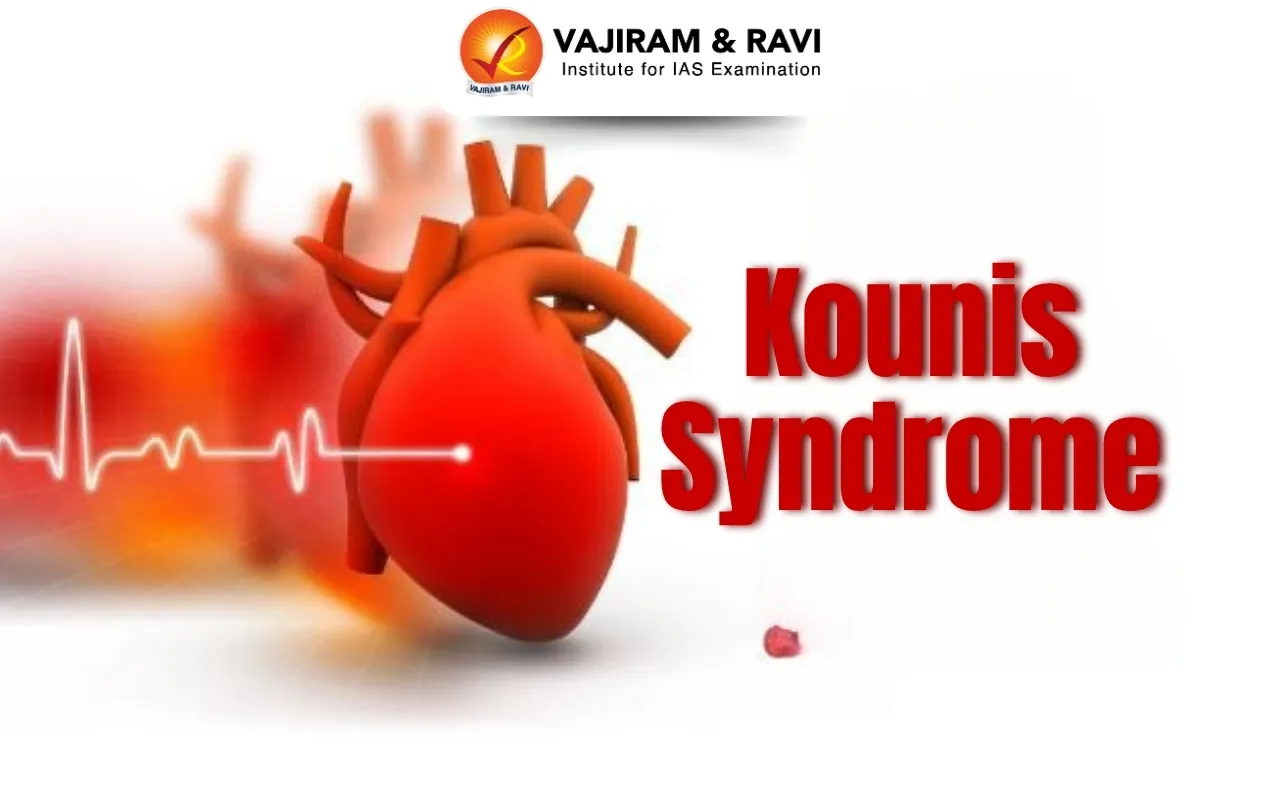About ‘Bal Vivah Mukt Bharat’ Campaign:
- It was launched by the Ministry of Women and Child Development, Government of India.
- It seeks to engage multiple stakeholders in a collective effort to eliminate child marriage in India.
- It will focus on the seven high-burden states–West Bengal, Bihar, Jharkhand, Rajasthan, Tripura, Assam, and Andhra Pradesh-and nearly 300 high-burden districts where child marriage rates are high as compared to the national average.
- The campaign will call on every State and Union Territory to devise an action plan aimed at reducing the child marriage rates below 5% by 2029.
- Child marriage rates dropped from 47.4% in 2006 to 23.3% in 2019-21, according to government data.
- A key feature of the initiative is the launch of the Child Marriage Free Bharat portal, a platform to raise awareness, report cases, and monitor progress.
- The portal is designed to facilitate effective monitoring of Child Marriage Prohibition Officers (CMPOs) by strengthening supervision and evaluation mechanisms to ensure their active role in preventing child marriages and supporting affected individuals.
- People will be able to register their complaints pertaining to child marriage, and these will be directed straight to the concerned CMPOs anywhere in the country.
- All states have been directed to log on to the portal and register the CMPOs so that there is real-time monitoring of cases.
- Nodal officers will be assigned at the Centre for monitoring the portal.
- It seeks to enhance public access to information, making it easily available to enable better communication and support.
Q1: What is the Prohibition of Child Marriage Act (PCMA), 2006?
PCMA came into force in 2006 to prevent child marriage and ensure the eradication of the practice. It replaced the Child Marriage Restraint Act of 1929. The primary object of the Act is to prohibit solemnization of child marriage. This Act is armed with enabling provisions to prohibit child marriages, provide relief to victims, and enhance punishment for those who abet, promote, or solemnize such marriages. As per the act, the age of marriage for boysis 21, and for girls, it is 18, and any marriage of people below this age will be considered a child marriage which is illegal, an offence, and is punishable under the law.
News: Child marriage free India campaign: Minister Annapurna Devi launches portal
Last updated on June, 2025
→ UPSC Notification 2025 was released on 22nd January 2025.
→ UPSC Prelims Result 2025 is out now for the CSE held on 25 May 2025.
→ UPSC Prelims Question Paper 2025 and Unofficial Prelims Answer Key 2025 are available now.
→ UPSC Calendar 2026 is released on 15th May, 2025.
→ The UPSC Vacancy 2025 were released 1129, out of which 979 were for UPSC CSE and remaining 150 are for UPSC IFoS.
→ UPSC Mains 2025 will be conducted on 22nd August 2025.
→ UPSC Prelims 2026 will be conducted on 24th May, 2026 & UPSC Mains 2026 will be conducted on 21st August 2026.
→ The UPSC Selection Process is of 3 stages-Prelims, Mains and Interview.
→ UPSC Result 2024 is released with latest UPSC Marksheet 2024. Check Now!
→ UPSC Toppers List 2024 is released now. Shakti Dubey is UPSC AIR 1 2024 Topper.
→ Also check Best IAS Coaching in Delhi
























